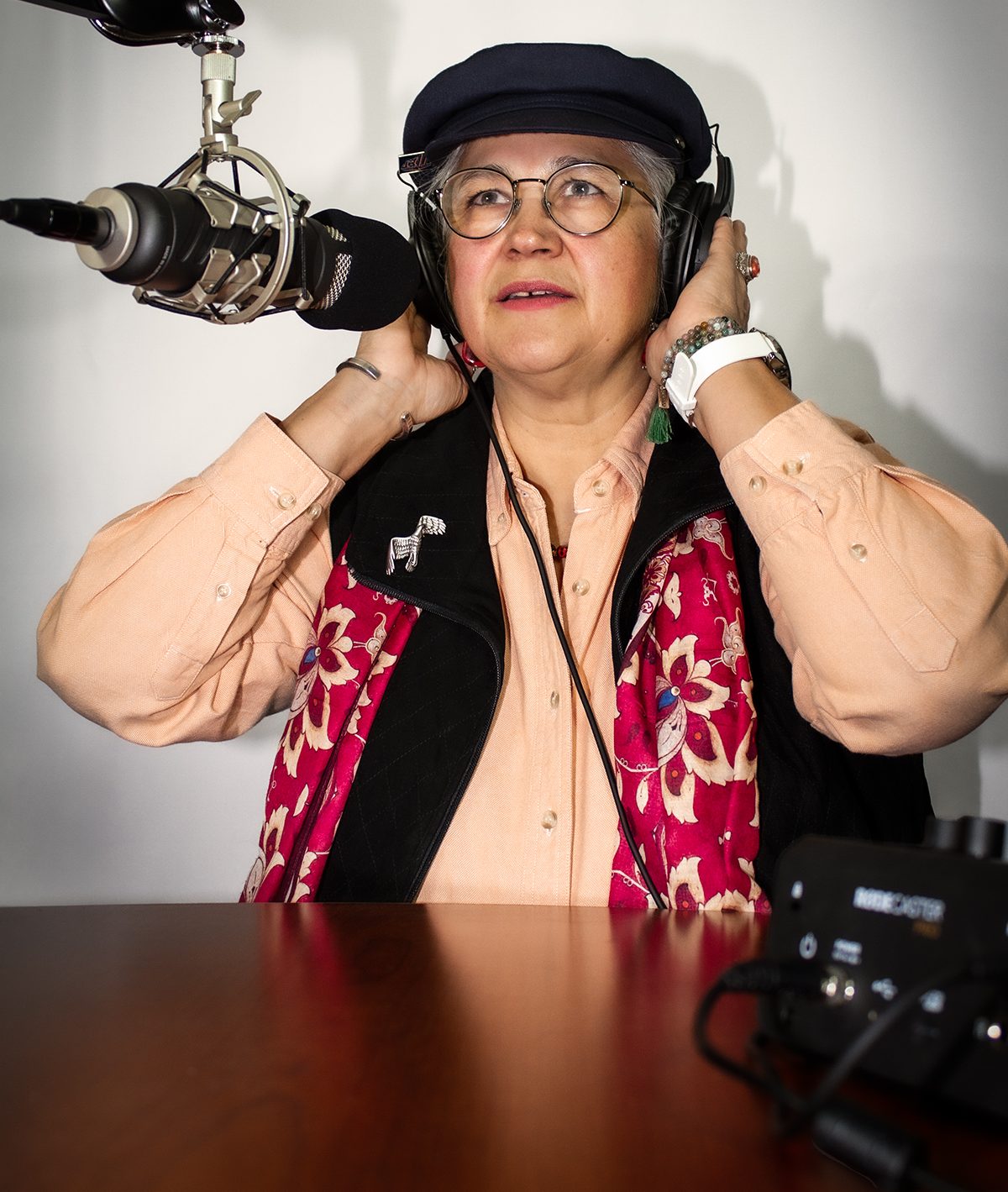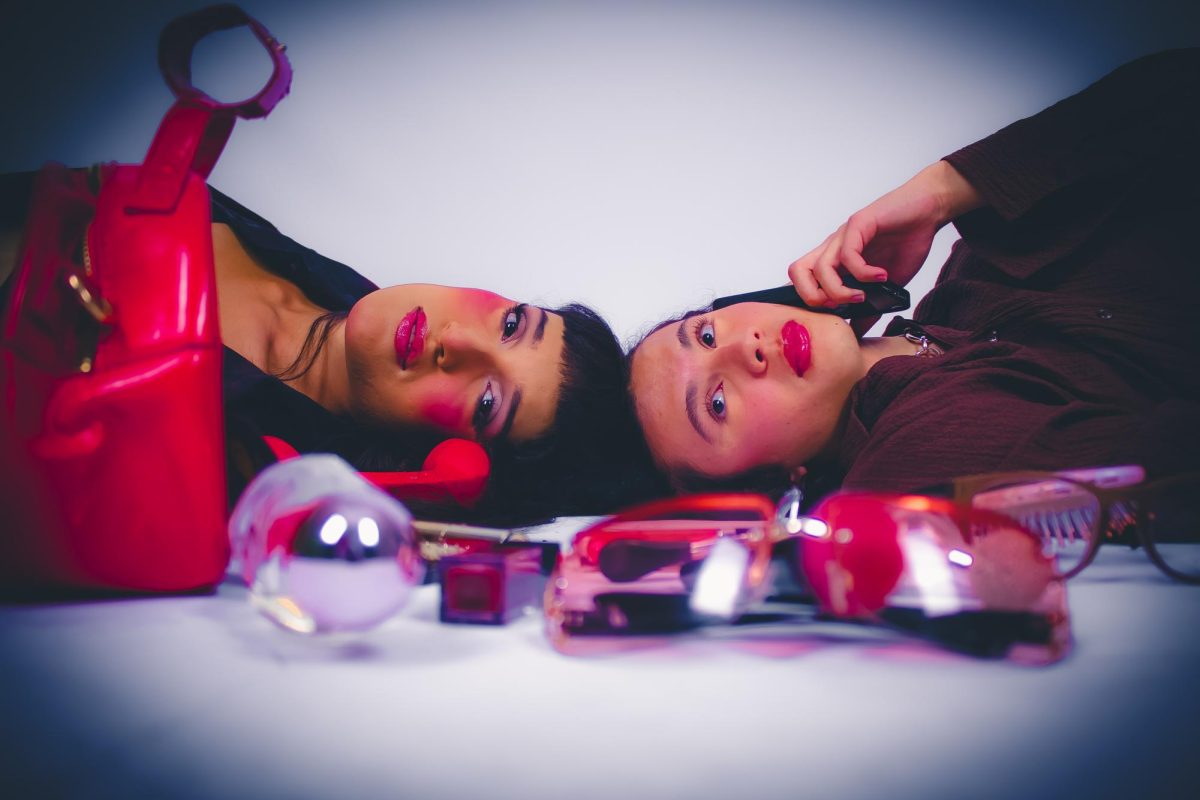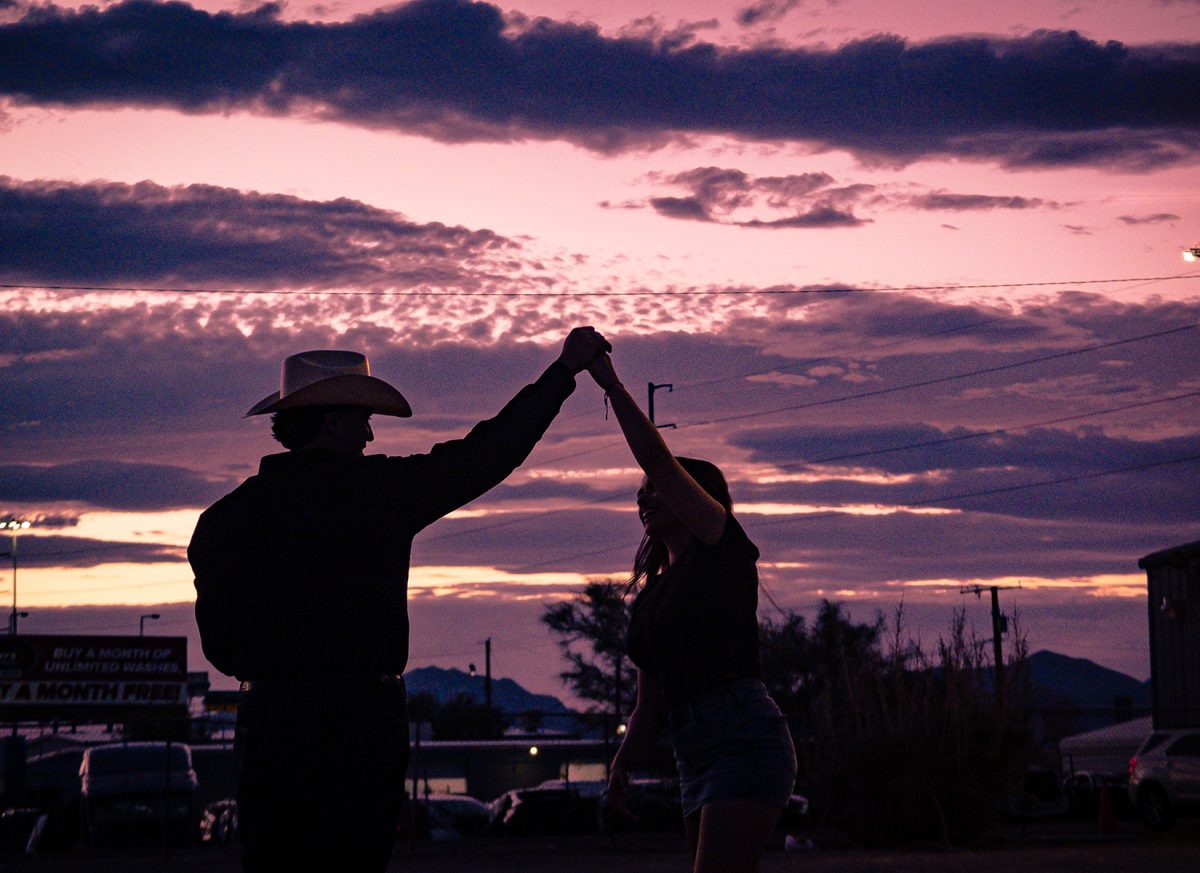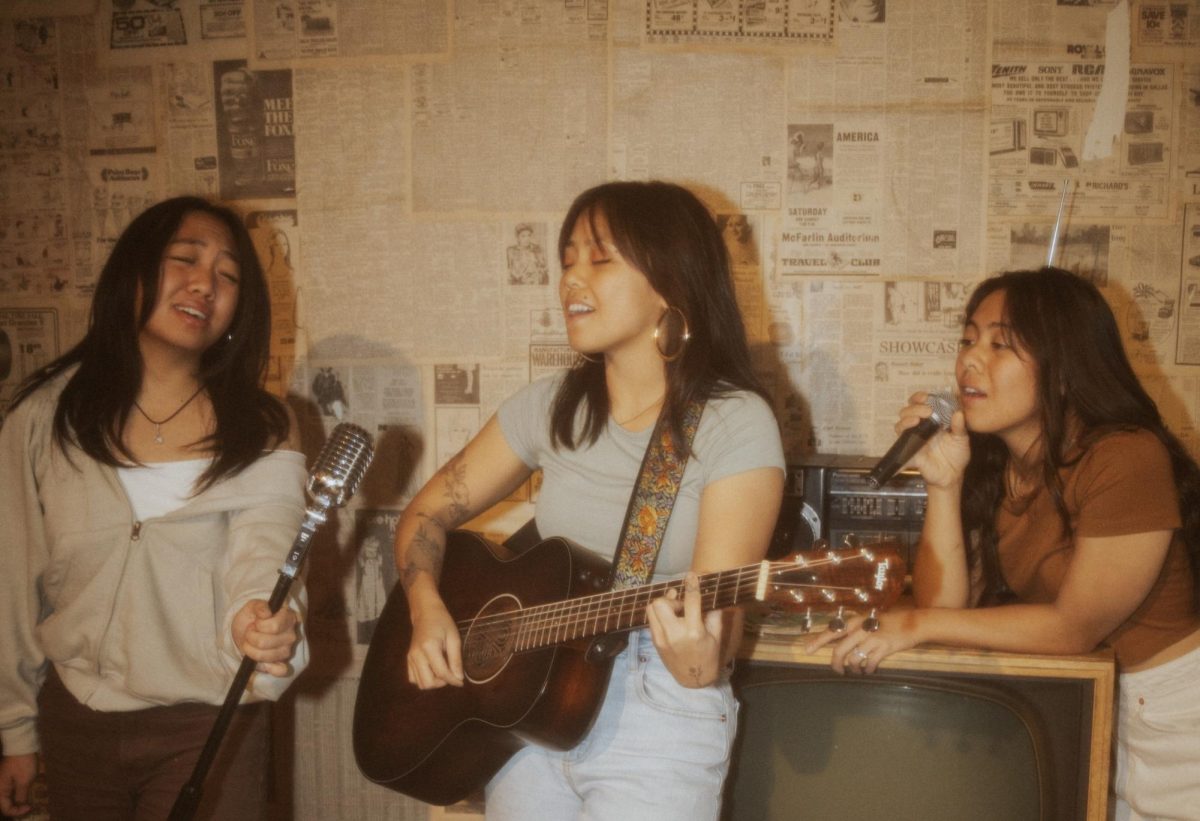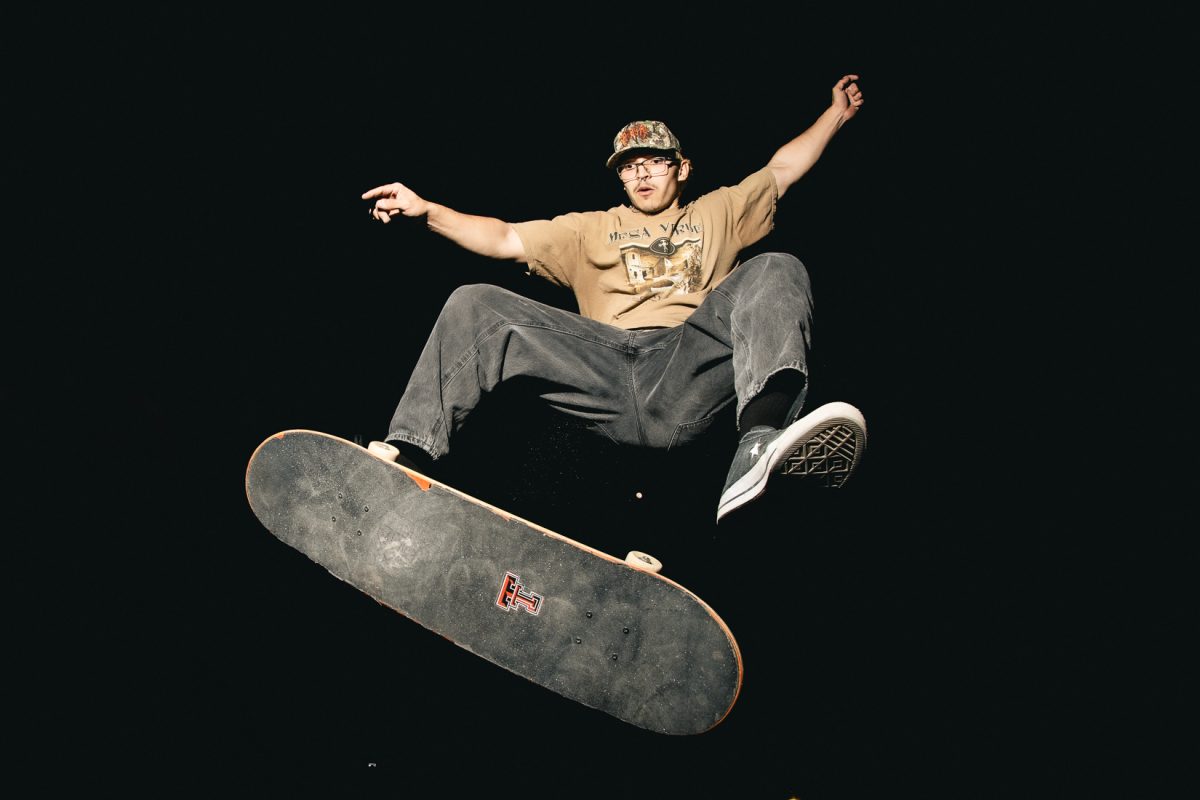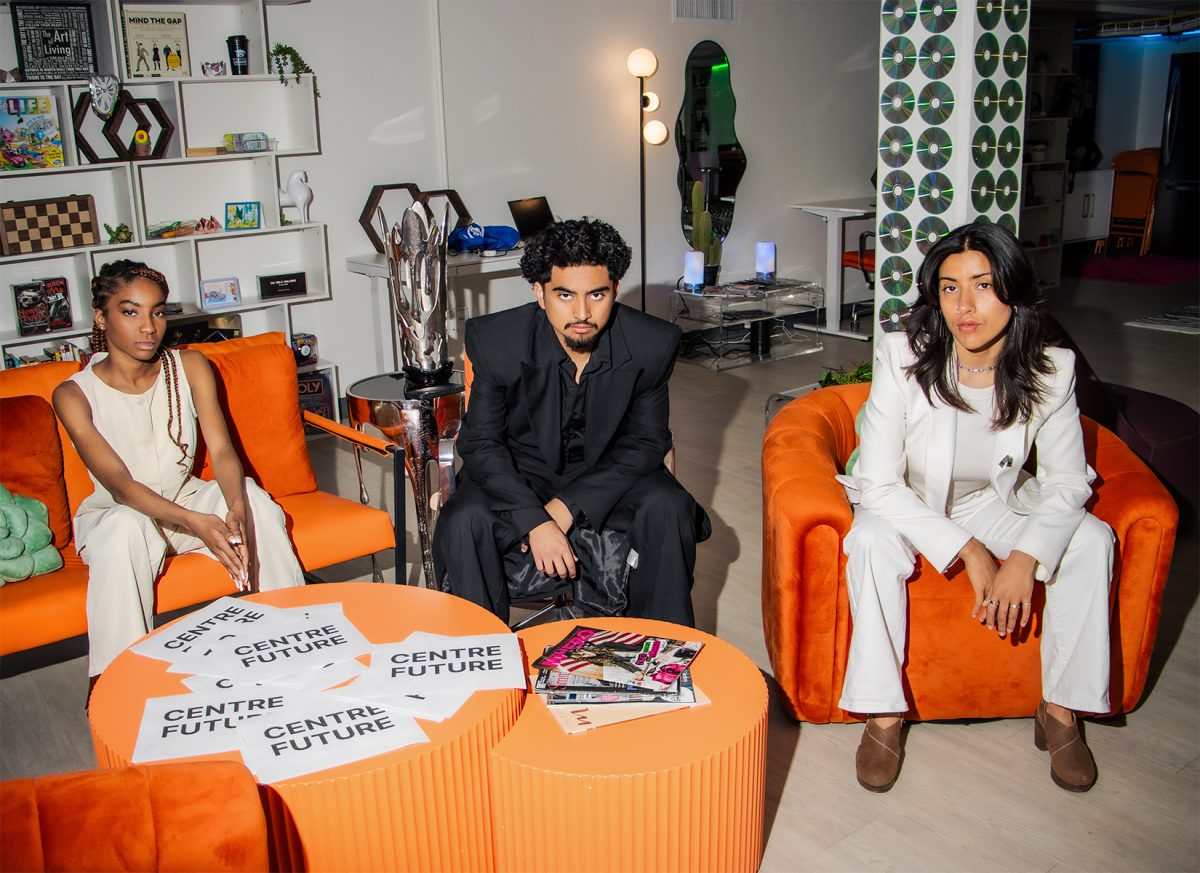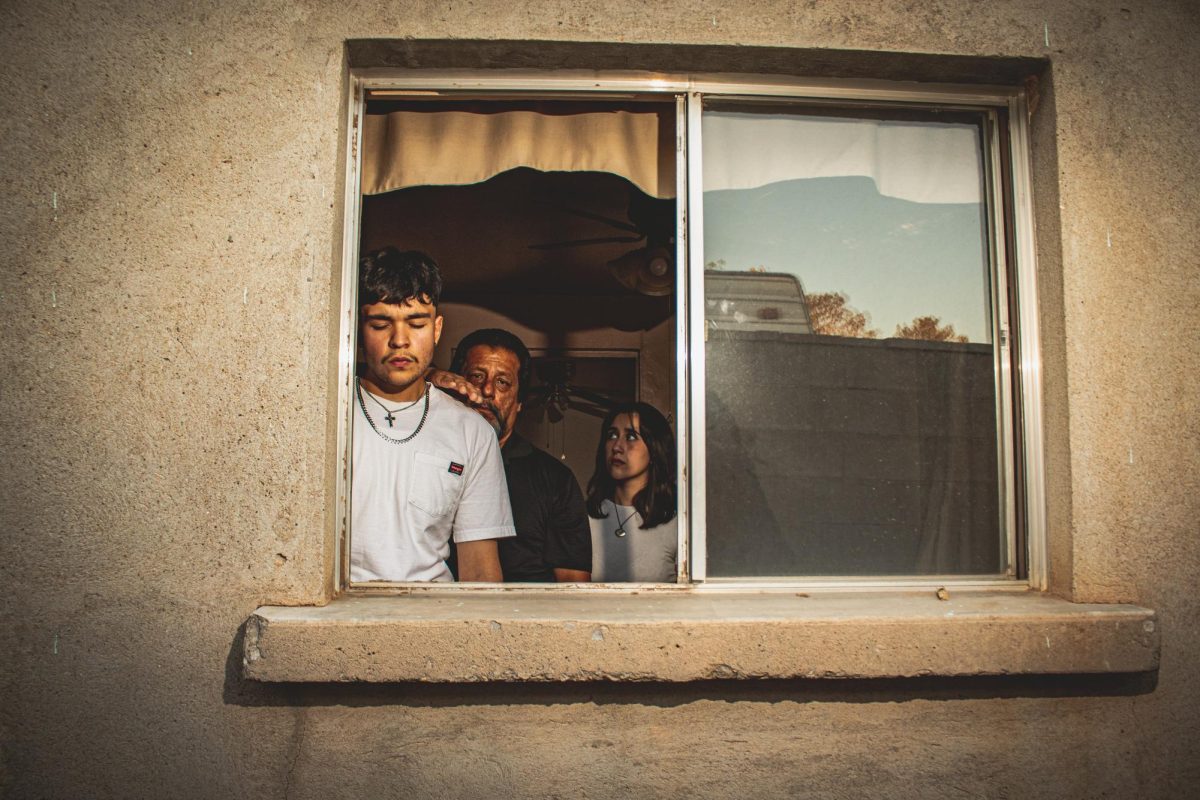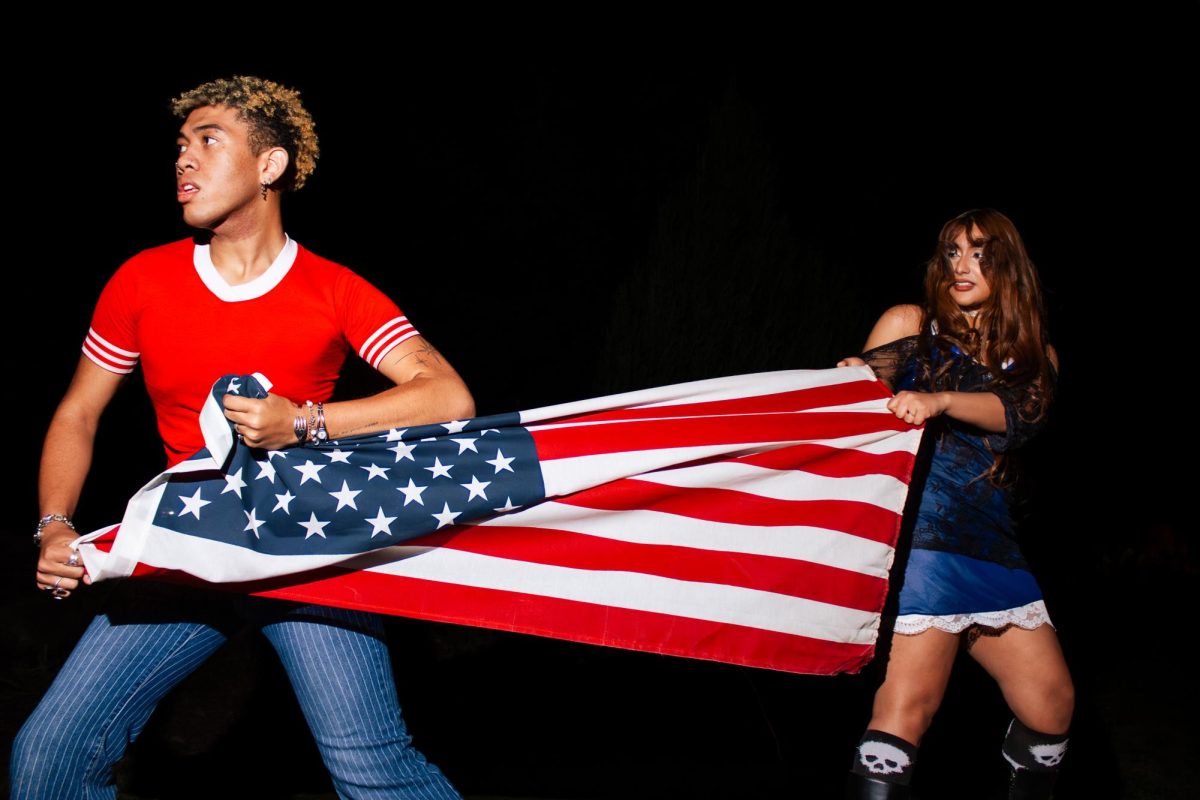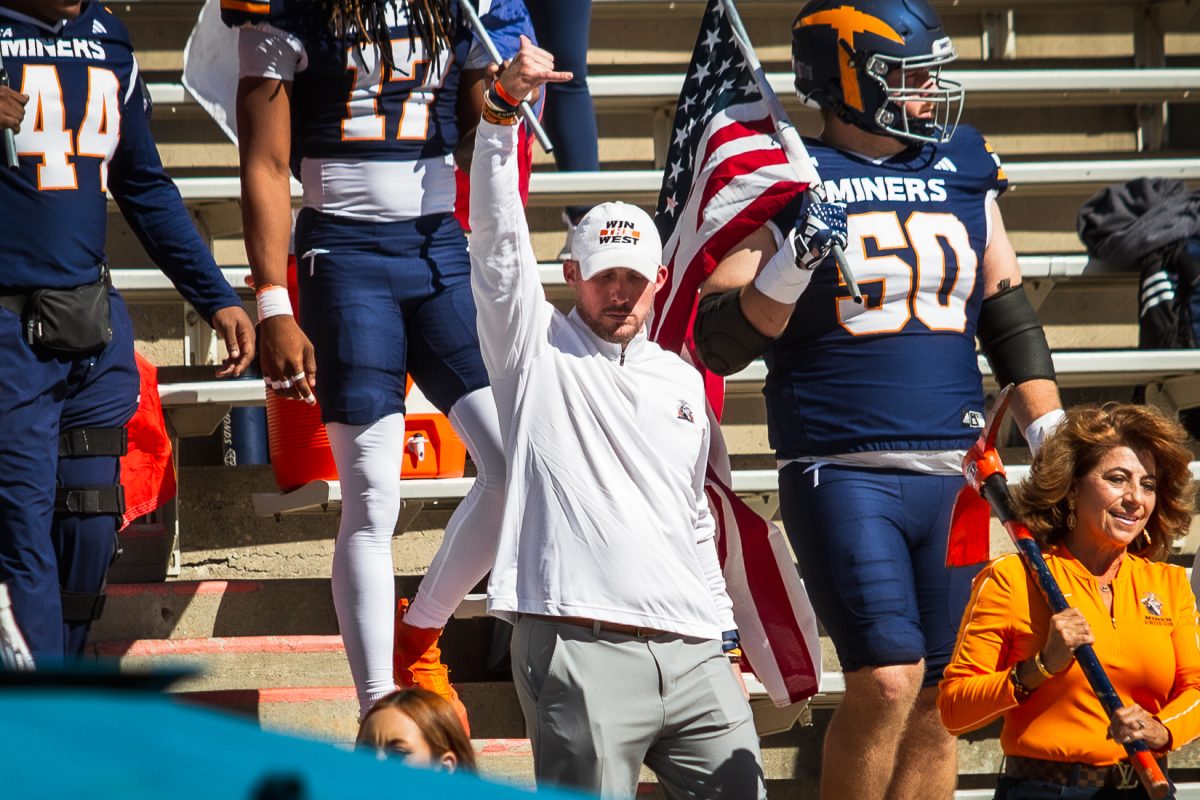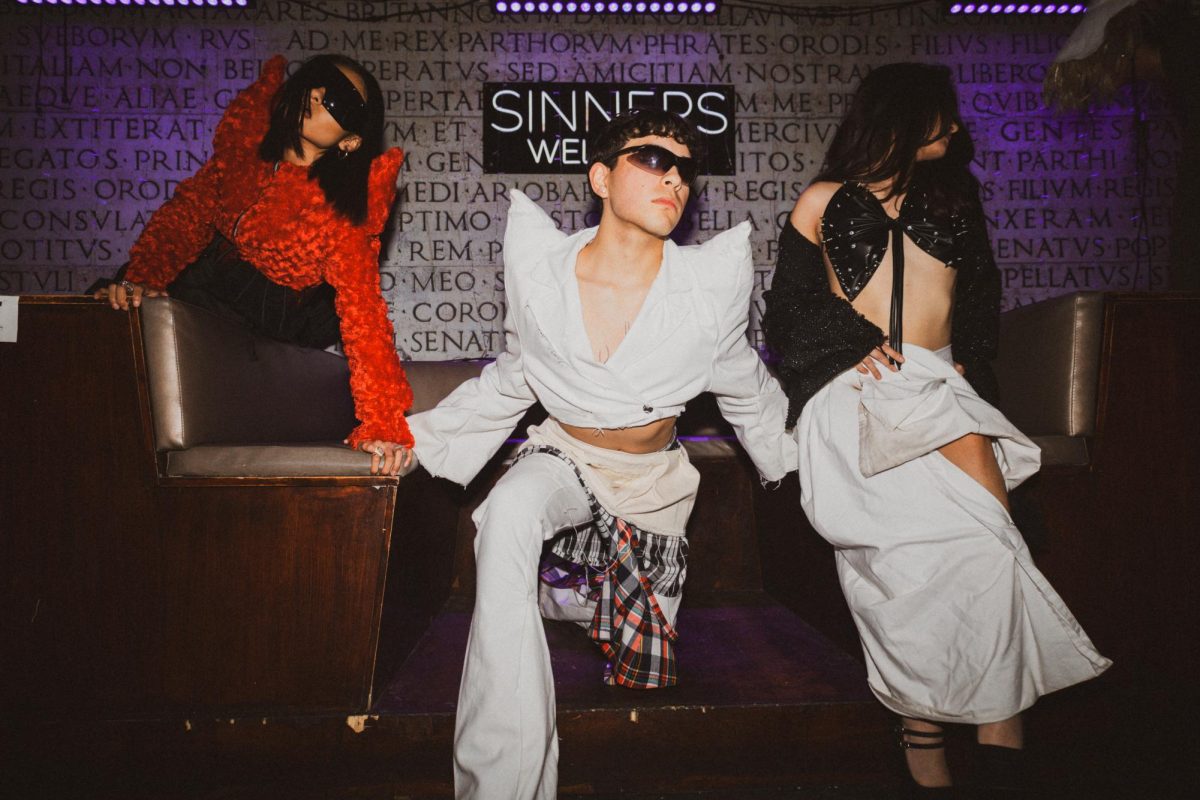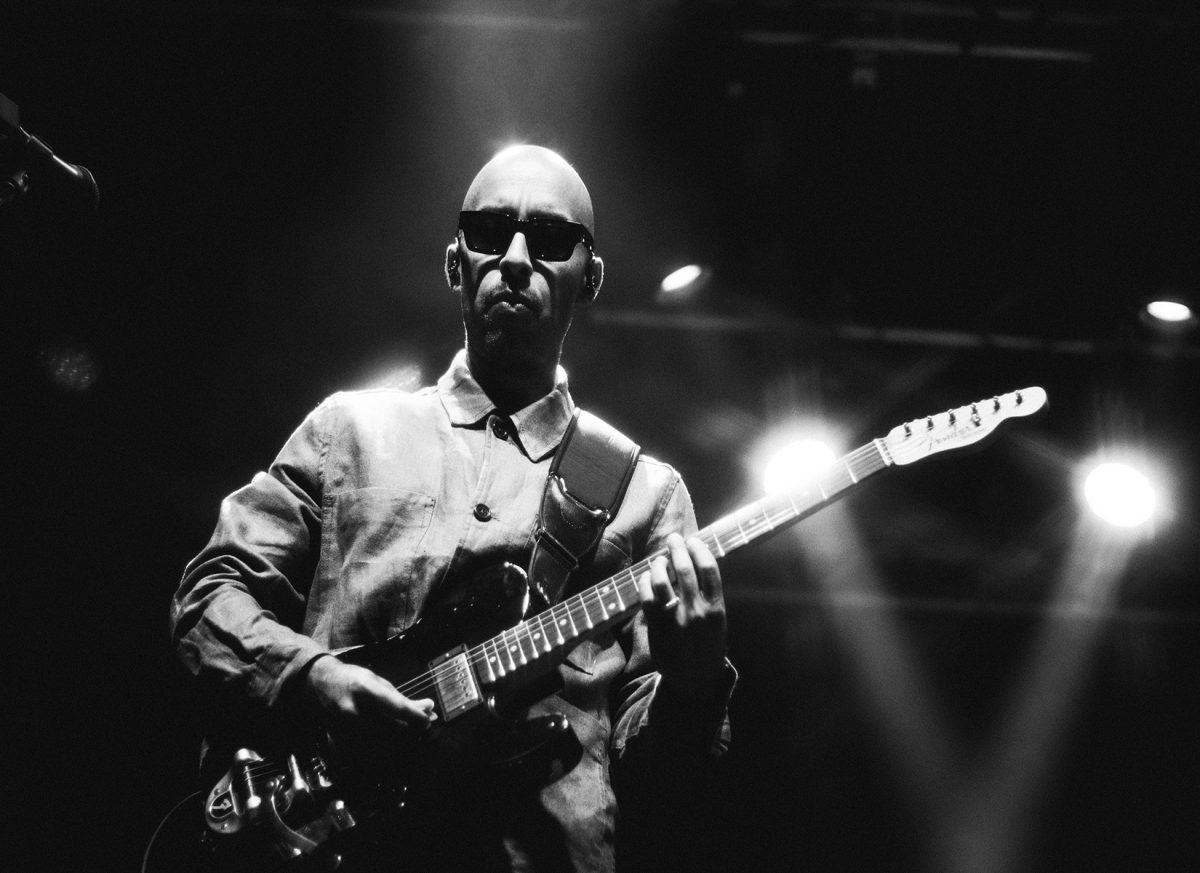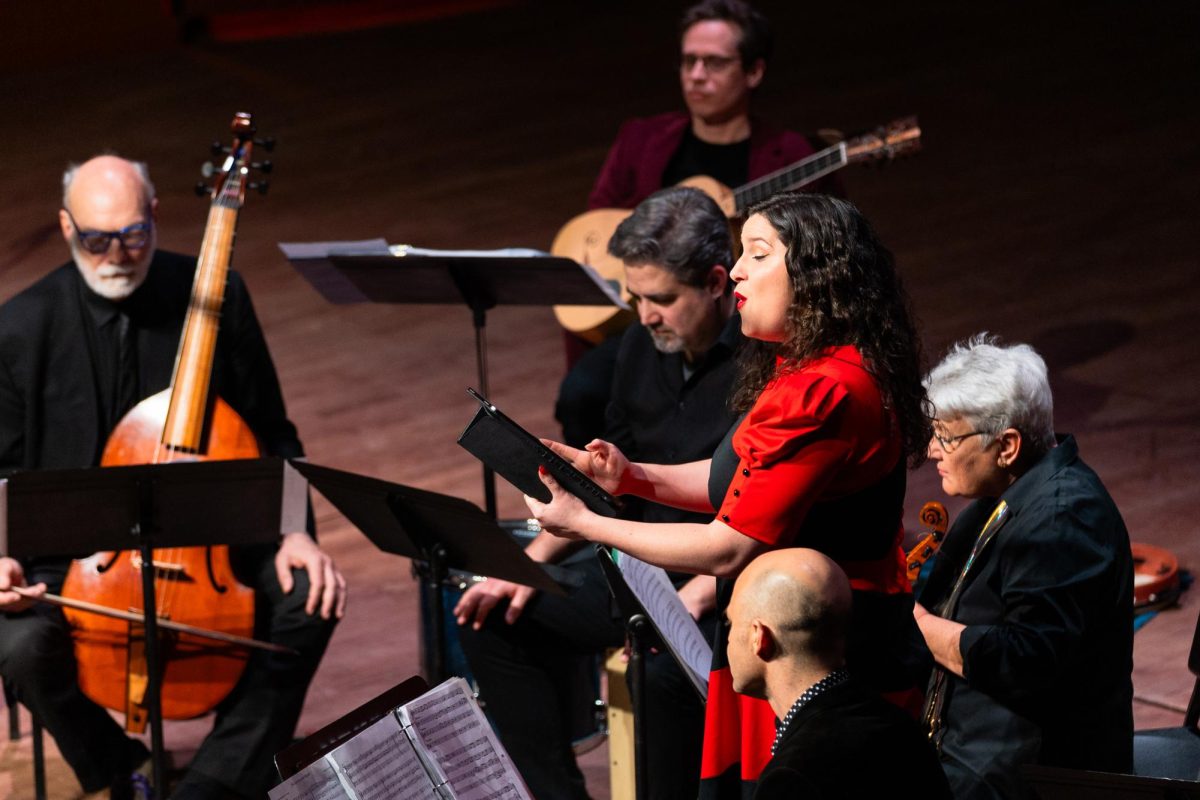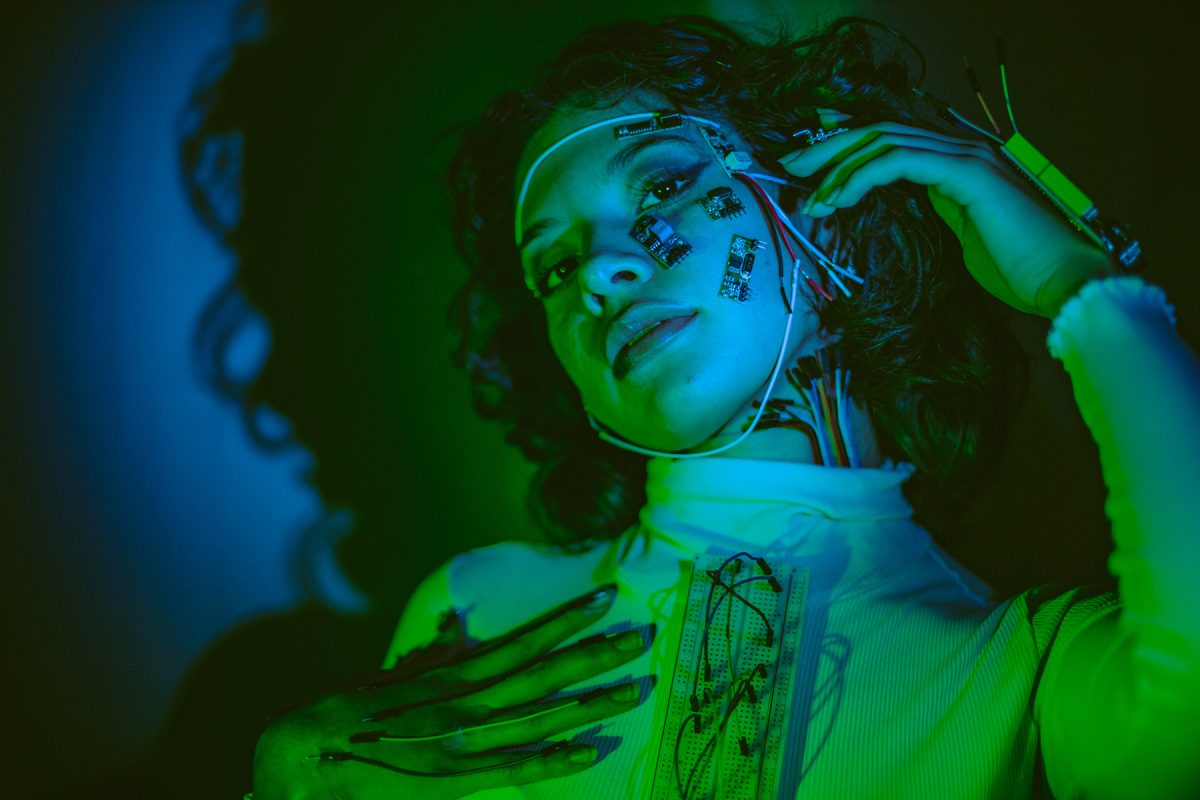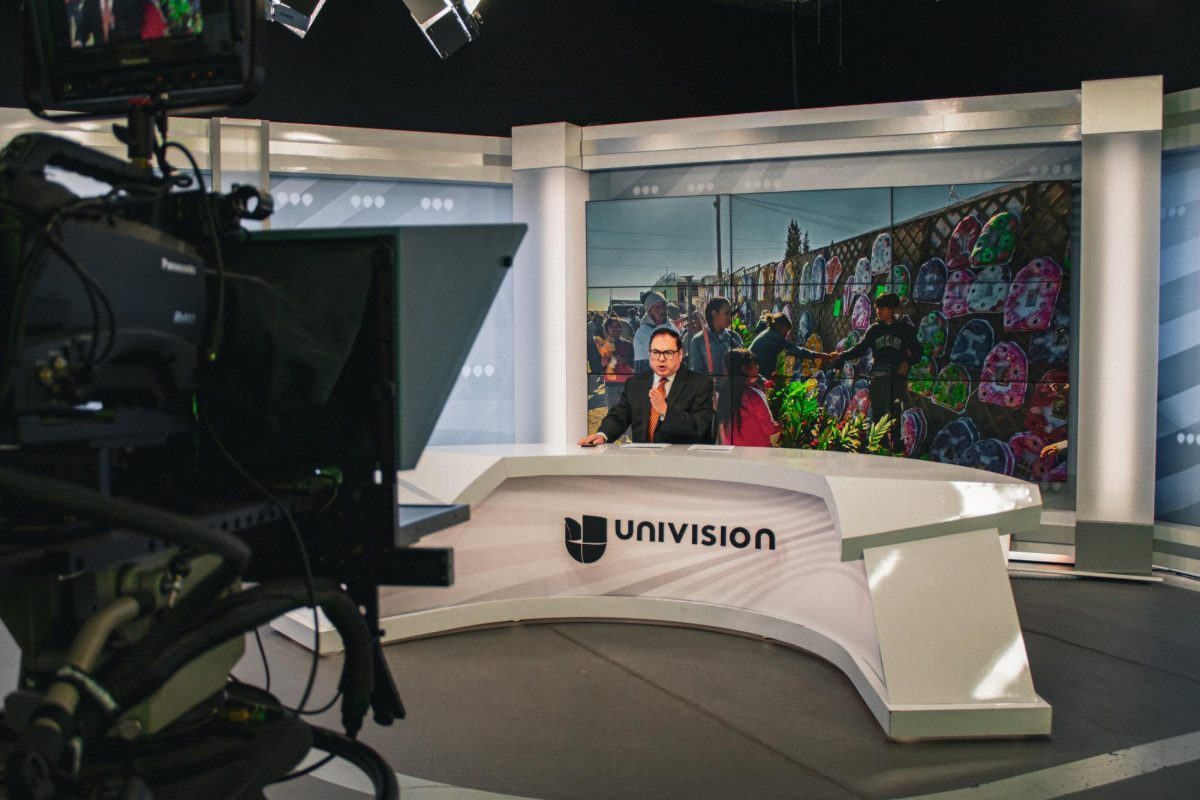Radio has been in existence since the late 1890s. Once a conduit connecting cities to rural areas, radio transformed how we consumed music and sports. However, as time has passed, the resonance of radio has shifted. Today, our commutes bear witness to its lingering tunes, but the melody of choice for Generation Z (Gen Z) has evolved. The cultural shift is apparent, people stepped away from the familiar frequencies of radio and embraced the accessibility and range of podcasts.
Perhaps individuals’ inclination towards podcasts is rooted in their relatability. As the creation of podcasts has become more accessible, an increasing number of people from Gen Z are delving into the realm of podcasting by creating accessible content of their own.
Unlike podcasts, the structure of radio poses challenges for individuals looking to create their own shows. Broadcasting AM/FM is subject to regulations and requires broadcast licenses along with copyright licenses.
Dissimilar to radio, podcasts have only existed for 19 years.
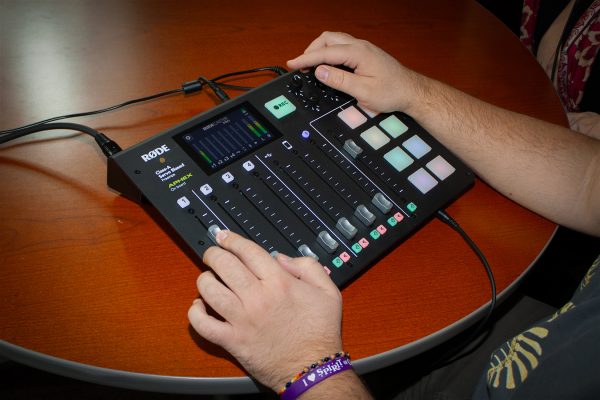
Podcasts were created by Adam Curry and Dave Viner in 2004 when they tried to find a way to download online radio broadcasts onto an iPod. This is where the word “podcast” derives from: iPod and Broadcast. Its popularity took off in 2014 and became the phenomenon we know it to be today.
But why did podcasts become so popular? Why does it seem like everyone has created a podcast nowadays?
Perhaps it is the way we can simply press record on our phones and upload a podcast in minutes. Or maybe the reason why Gen Z has resonated so much with podcasts is because they feel identified with different topics.
Many subjects that were once taboo like mental health are now being openly talked about in podcasts. You name the topic, there is a podcast discussing it, which means there is something for everyone, no matter how rare the interest is.
Music Strive found that the leading podcast genres include comedy, news, society & culture, health & fitness and business. This variety empowers listeners to curate their content experience. In contrast to radio, where listeners are limited to what is broadcasted, podcast enthusiasts enjoy the flexibility of tuning in at their convenience. Radio audiences often commit to specific programs or hosts, which might not always be at their disposal.
According to the article, 31 percent of the U.S. population listen to podcasts weekly, as the accessibility of smartphones has become the number one medium used for them.
Podcasts are aimed at providing valuable content in an audio format and can serve a diverse purpose. An example of this is “Not Another D&D Podcast.”
“Not Another D&D Podcast” is a podcast crafted to immerse listeners in a real-time play-by-play campaign. In the Dungeons and Dragons universe, a campaign consists of a series of sessions and adventures, enabling players to seamlessly resume the game from where they last left off. This allows listeners to feel engaged in the game without being an active participant.
Besides entertainment, podcasts can also serve as a medium to raise awareness and create social impact.
Take for instance, “AlzAuthors: Untangling Alzheimers & Dementia” which is a podcast made to break down the stigma around Alzheimers and dementia. The podcast primarily features published authors with expertise in topics aimed at supporting individuals and families aff ected by Alzheimer’s and dementia. Addressing a subject that has often been sidestepped can foster social impact, providing a sense of visibility and understanding to those grappling with these challenges.
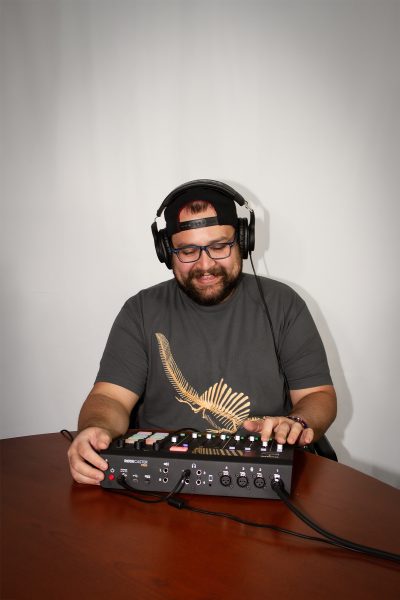
Apart from content, podcasts and radio can also accommodate people with impaired vision. Since they are primarily audio-based, they provide a wealth of information and entertainment without relying on visual elements.
According to the World Health Organization (WHO), “Worldwide, a minimum of 2.2 billion individuals experience near or distance vision impairments.”
Incorporating podcasts into the classroom is beneficial for visually impaired students, enabling them to revisit lectures, pause and listen at their own pace.
Podcasts also offer increased reliability. As previously mentioned, smartphones serve as the primary platform for podcasts, allowing for downloads and access in areas with limited or no internet connectivity. This stands in contrast to radio, which is not as portable or appropriate in certain settings the way phones are.
Nevertheless, the impact of podcasts is evident.
Culture
Podcasts have dazzled more than our commutes and walks; they can also become an instructional tool within classrooms. Numerous professors have chosen to adapt and actively engage in this new medium.
One podcast that bears witness to this is “El Paso Food Voices” (EPFV). A podcast created by UTEP English professor, Meredith Abarca, Ph.D.
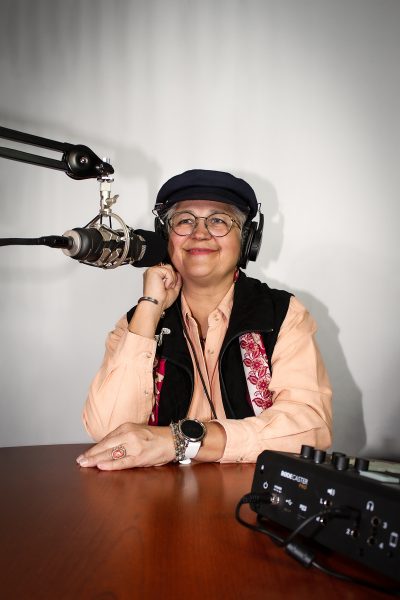
Abarca describes herself as a child of the kitchen, having grown up in two restaurants in Nuevo Laredo, Tamaulipas owned by her grandmother.
“El Paso Food Voices” are both a series of articles and podcasts that share El Paso’s story through food.
She created the podcast as a graduate seminar project for her students. She shares that the idea about creating the podcast came from her students who were tasked with a digital humanities project and opted for a podcast.
“I’m very committed to finding ways of incorporating technology to my classes,” said Arbaca. “Technology is part of who we are.”
College students, generally falling within the 18-24 age range, actively listen to podcasts, contributing to the widespread popularity of this medium. This demographic is technically classified as Generation Z.
Integrating podcasts into teaching can enhance the bond between professors and students, serving both as a conduit for knowledge and a means for students to undertake meaningful projects. Additionally, it can significantly contribute to a professor’s professional development within their field, as evidenced by Abarca’s experience.
Abarca says that part of the spirit of “El Paso Food Voices” is to hear the rich and diverse food that El Paso has. In the coming semester she hopes to expand her podcast by creating an audio documentary to be released under the same account.
Embracing change and incorporating podcasts in class not only modernizes the teaching approach but can also enhance engagement, accessibility and the overall quality of the educational experience.
Business
Erika Lee Williams is an El Paso social media personality and entrepreneur, who created her podcast called, “Watch Me with Erika Lee.”
In her podcast she gets candid about personal matters, such as what it is like navigating four businesses and being a social media personality.
While discussing the attraction of Gen Z to podcasts she shares that the people who approach her as listeners are predominantly part of this demographic.
Williams mentions that she is personally attracted to podcasts where the host shares disagreements and struggles behind the scenes, which is something she tries to emulate in her own podcast.
“You feel like you know people through the screen and that’s a natural way of connecting,” Williams said.
Regarding the different mediums, she says they each have their own lane. She feels that they each serve a unique purpose and can benefit each other. For example, podcasts and YouTube can go hand in hand when the video version of the podcast is uploaded to YouTube.
While podcasts are rising, radio maintains its unique position. In contrast to podcasts, radio possesses a live element that may appeal to listeners for its unscripted nature and authenticity. The ability for listeners to participate in real-time by calling into the show further distinguishes radio from podcasts.
While Gen Z might not connect with radio due to their tech- centric upbringing, it is important to recognize that radio caters to a different audience and serves a different purpose that proves to remain lasting and relevant. However, podcasts have forever changed the way people consume and produce media, mostly due to its many uses. They can help people share their struggles, discuss their city culture or be the marketing tool to narrate the highs and lows of entrepreneurship.
En Breve
Traducido por Victoria Ortiz and Yoali Rodriguez
La radio existe desde finales de la década de 1890, transformando la manera en la que nos comunicamos. Sin embargo, la Generación Z ha abandonado la radio tradicional a favor de la accesibilidad y variedad de los podcasts. La creación de podcasts es mucho más sencillo en comparación con la radio que se ve obstaculizada por desafíos estructurales y reguladores.
La popularidad de los podcasts se atribuye a su simplicidad, relatividad y capacidad para abordar temas tabú, como la salud mental. La variedad de los temas de podcasts pueden incluir desde entretenimiento hasta conciencia social.
El podcast “El Paso Food Voices” es del género educativo. Creado por una profesora de inglés de UTEP, Dra. Meredith Abarca, ella dedica su plataforma a historias sobre comidas que cultivan la cultura en la frontera.
“Watch Me with Erika Lee,” creado por la figura local Erika Lee Williams, incluye contenido basado en sus experiencias de vida. Williams habla desde cómo enfrentar problemas personales hasta cómo sobresalir en los negocios.
En conclusión la radio tiene un elemento único que es la transmisión en vivo. Sin embargo, podcasts han cambiado la forma en la que nos comunicamos y producimos contenido para siempre. Ambas formas de comunicación pueden coexistir ya que cada uno tiene sus ventajas.

